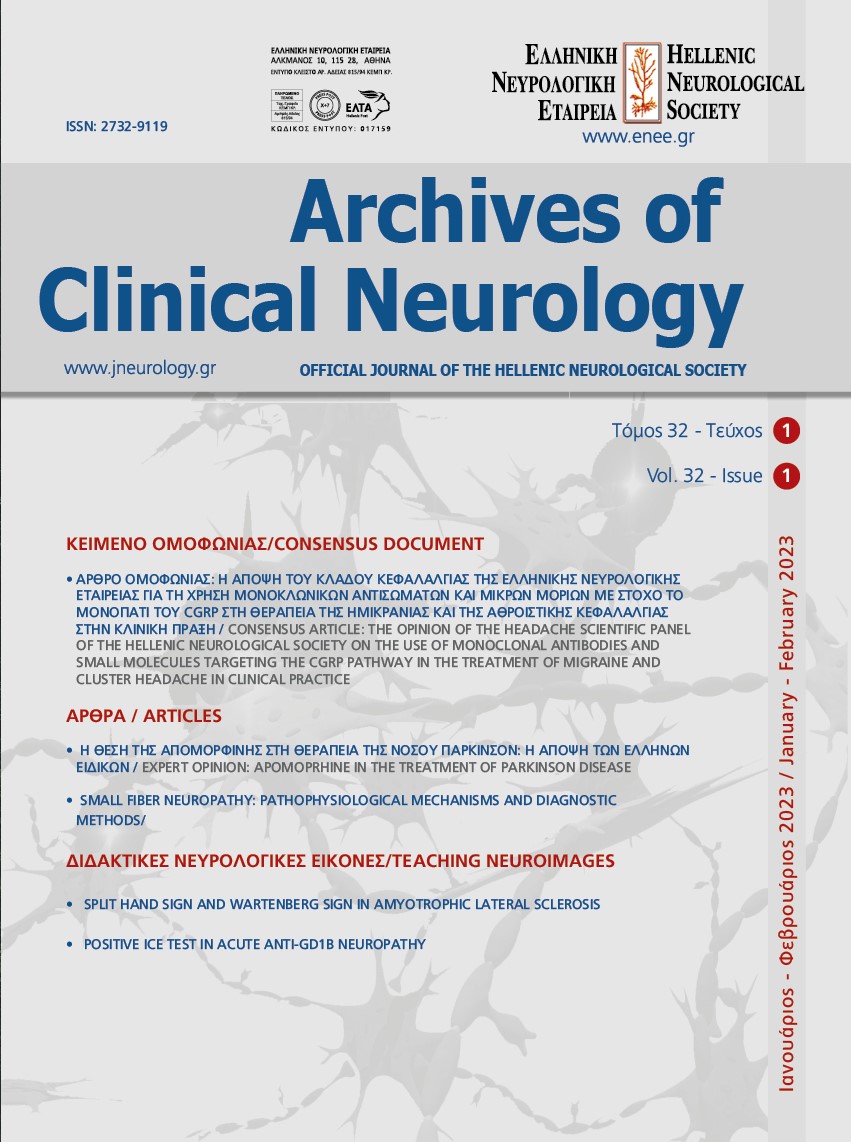SMALL FIBER NEUROPATHY: PATHOPHYSIOLOGICAL MECHANISMS AND DIAGNOSTIC METHODS
Keywords:
Neuropathic pain, painful neuropathy, peripheral neuropathy, nerve fibers, pathogenesis of painlatelet, anticoagulationAbstract
Peripheral neuropathy is a prevalent disorder dominated by both sensory and motor fiber loss, leading to a significant reduction in quality of life. Nevertheless, only a minority of patients with peripheral or central lesions suffers from neuropathic pain. Here, we summarize diagnostic tests that assess the severity of structural and functional impairment such as quantitative sensory testing, axon reflex flare responses, evoked potentials, corneal confocal microscopy and intra-epidermal nerve fiber density evaluated with skin biopsies. We focus on processes and conditions that may lead from peripheral neuropathy to neuropathic pain, and on the identification of pain mechanisms also including results from direct nerve recordings (microneurography). Recent studies analyzing specific neuronal markers such as CGRP, sodium or calcium channels, inflammatory mediators and growth factors may help to characterize the mechanisms that turn peripheral neuropathy into neuropathic pain.


